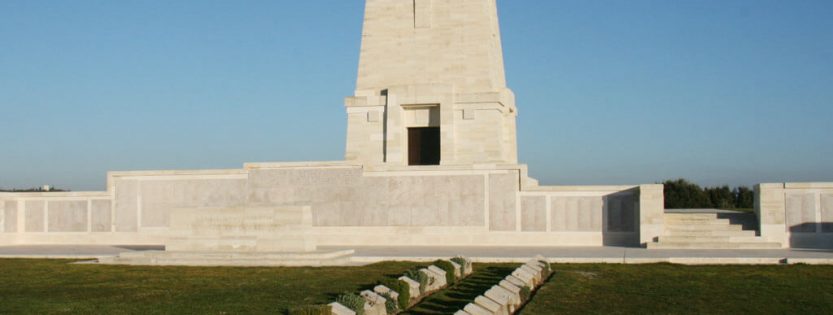Anzac Troops on the Way to Gallipoli
Anzac Associations are Coming
Britain and France believed that the key to unlocking the World War I knot was the Dardanelles. For this purpose, they had buried their new fleet in their throat waters.
They used the ships to drive the colonial troops they gathered from all over the world to the battlefield. The ANZAC troops were not mentioned briefly in Australia and New Zealand soldiers (Australian and New Zealand Army Corps). For Anzacs, the war was of special importance.
These nations, which had not seen any serious war until that date, would serve in the land campaign in the Battle of Çanakkale. These soldiers returned to their hometown after the Battle of Çanakkale was finished and were welcomed with joy and declared hero. The Anzac soldiers would voice the opportunity to learn from the Turks how to be a nation and how to defend the land of the homeland.
These soldiers, who first went to Egypt and then the Dardanelles by sea, were not told exactly where they went and what they were fighting for. During their days in Egypt, the Anzac soldiers were making propaganda about the Turks. These soldiers, who started to see Turkish soldiers as monsters on this count, would wait for the end of the Gallipoli War to change their minds.
War Preparations in Progress
When the Anzac archipelago was trained in Egypt, the Anzac archipelago moved from the port of Alexandria and the rumour spread that the target was the Dardanelles. The British general Hamilton was trying to gather information about the Turkish Army’s position in the throat. In the dialogue with the Minister of War Lord Kitchener, he learned that the Turks were about 40 thousand soldiers and they were at the command of Cevat Bey.
The Turkish Army had no clear knowledge of the defensive lines and artillery presence in the straits.
General Hamilton’s Words
Hamilton described this conversation with Lord Kitchener in his book “Gallipoli Diary”:
“Whose command is it? They are convinced that Cevat Pasha is. But Kitchener said that I could capture the Kilitbahir Plateau and that the fortified region could be captured. From the south of Kilitbahir to the Cape of Helles I could easily keep the peninsula open for a sticker from the sea. Kitchener said that the delegation would start crossing the Aegean Sea, pushing the peninsula from the mouth of the Dardanelles, making it impossible to defend the enemy.
On this crossfire plan, “Istanbul Expedition Force” title was written on the map. Apologising, I wanted to change the headline. General Braithwaite said “Mediterranean Expedition Force” and the name was corrected accordingly.

Leave a Comment